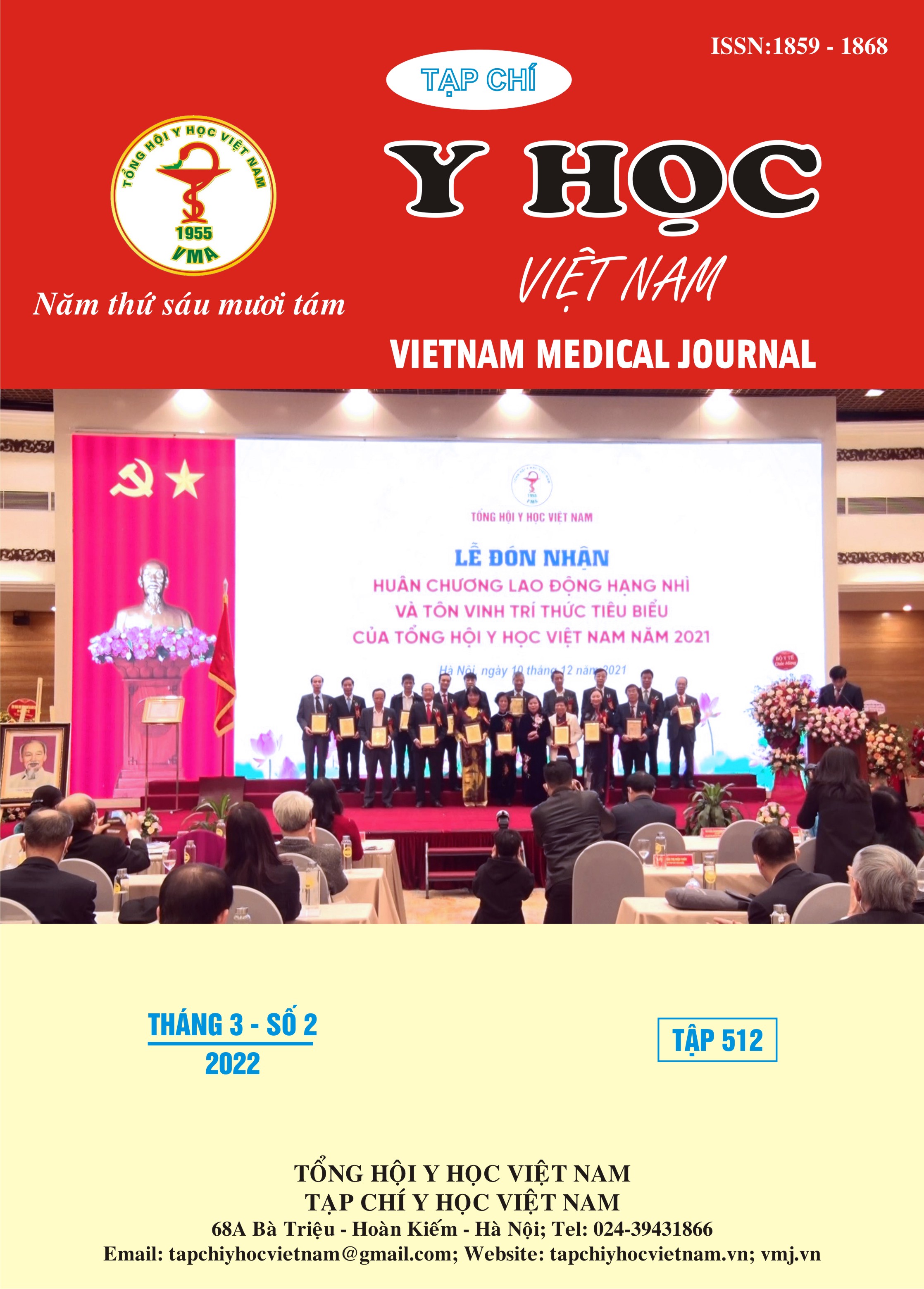CLINICAL CHARACTERISTICS AND EVALUATION OF TREATMENT RESULTS OF LEVETIRACETAM IN EPILEPTIC PATIENTS AT TRA VINH PROVINCE GENERAL HOSPITAL
Main Article Content
Abstract
Background: epilepsy is a common neurological disease globally and it accounted for 1% of the world’s disease burden. Levetiracetam is an anti-epilepsy drug proven good effectiveness for treating all kind of epilepsy. Objectives: describe the clinical characteristics of epileptic patients at Tra Vinh Province General Hospital in 2021-2022; Evaluation of the results of Levetiracetam in epileptic patients. Materials and method: cross-sectional study including 101 epileptic patients at Tra Vinh Province General Hospital from March 2021 to February 2022. Results: the proportion of idiopathic epilepsy was highest with 66,3%. In addition, 64,4% of patients were first diagnosed with epilepsy and 90,1% experienced their first seizure at the age of higher than 18 years old. Furthermore, patients with aura were 79,2%. Foaming was found in 67,3% of patients in their seizure then 53,3% of cases were exhausted and slept after that. The most common trigger was missing medication with 26,7% cases. After treatment, 88,1% of patients had good outcome. Most of them did not get any side effects and 33,7% of patients had ones which were mild and transient. Conclusion: the prevalent clinical characteristics were the age of onset higher than 18 years old, first seizure, aura, foaming in seizure, exhausted, slept after seizure and idiopathic epilepsy. After received Levetiracetam, the rate of good response was 88,1% and 33,7% of patients had side effects which were mild, transient and disappeared within 4 weeks.
Article Details
Keywords
epilepsy, Levetiracetam
References
2. Dương Huy Hoàng (2009), “Nghiên cứu một số đặc điểm dịch tễ, lâm sàng động kinh, tình hình quản lý bệnh nhân động kinh tại tỉnh Thái Bình”. Luận án Tiến sĩ Y học 2009.
3. Bùi Thị Liên và cộng sự (2022), “Đặc điểm lâm sàng và chất lượng cuộc sống của người bệnh động kinh tại trung tâm Thần Kinh, bệnh viện Bạch Mai năm 2020-2021”, Tạp chí Y học Việt Nam, tập 510, số 1 năm 2022, trang 56-59.
4. Mai Nhật Quang và Lê Văn Tuấn (2021), “Nghiên cứu một số đặc điểm lâm sàng động kinh tại tỉnh An Giang”, Tạp chí Y học Việt Nam, tập 509, số 1 năm 2021, trang 323-327.
5. Andres M (2018), “Practice guideline update summary: Efficacy and tolerability of the new antiepileptic drugs I: Treatment of new-onset epilepsy”, Neurology, 91(2), pp 74-81
6. Balamurugan E, Aggarwal M, Lamba A, Dang N, Tripathi M (2013). “Perceived trigger factors of seizures in persons with epilepsy”, Seizure, 22(9), pp. 743-747.
7. Coppola G, Franzoni E, Verrotti A, et al. Levetiracetam or oxcarbazepine as monotherapy in newly diagnosed benign epilepsy of childhood with centrotemporal spikes (BECTS): an open-label, parallel group trial. Brain Dev. 2007;29(5):281–284
8. Dong Wook Kim et al (2013), “Clinical characteristics of patients with treated epilepsy in Korea: A nationwide epidemiologic study”, Epilepsia, 55(1), pp. 67-75.
9. Matthew D. Krasowski (2011), “Therapeutic Drug Monitoring of Antieppileptic Medications”, Novel Treatment of Epilepsy, pp 133-154
10. National Institute for Health and Care Excellence (2020), “Epilepsies: diagnosis and management”, NICE guidelines, pp11-23


